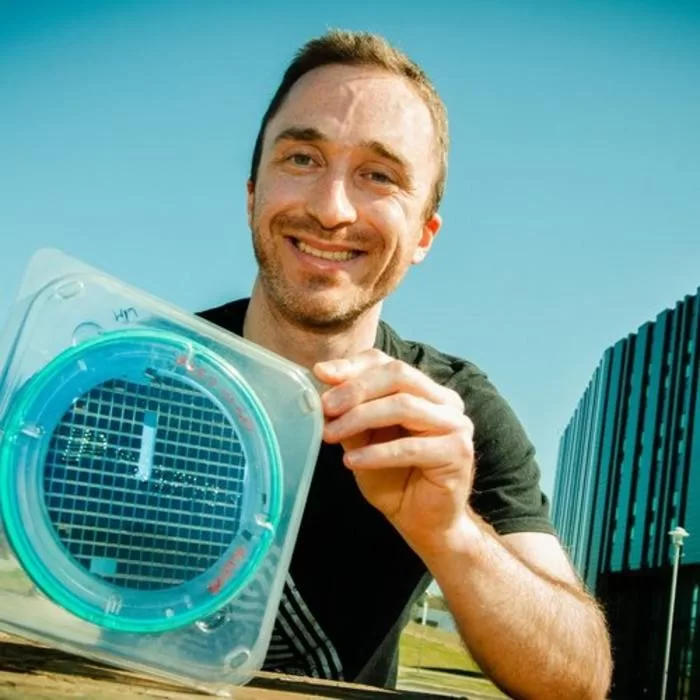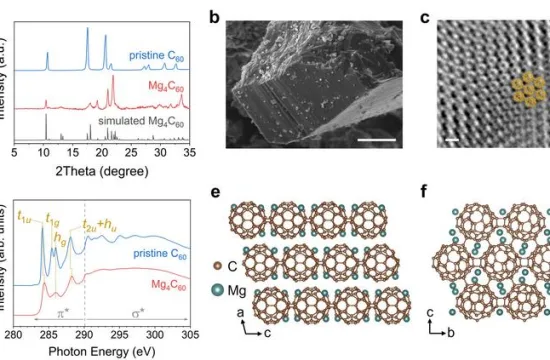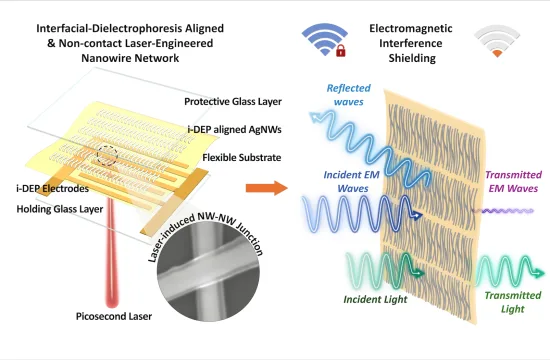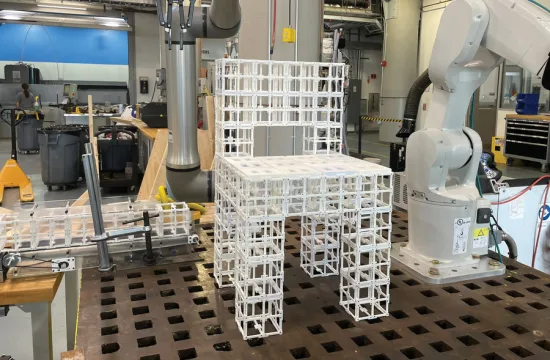
Ottawa, August 23—In a major leap toward ultra-long-lasting energy solutions, researchers at the University of Ottawa, in collaboration with Canadian Nuclear Laboratories (CNL), have introduced a new framework to measure and compare the performance of betavoltaic batteries—devices capable of generating electricity for over a decade without recharging.
The study, published in Cell Reports Physical Science, outlines three key performance indicators—capture efficiency, gain, and gain efficiency—that offer a standardized method for evaluating betavoltaic technologies. These metrics aim to accelerate innovation in nuclear-powered batteries, which are especially suited for extreme environments such as space, deep-sea exploration, and Arctic conditions.
“Using these figures of merit, we can now compare betavoltaic cells simply and accurately,” said Dr. Mathieu de Lafontaine, assistant professor in the Faculty of Engineering and lead author of the study. “This will drive major improvements and make the energy transition more efficient and sustainable.”
Betavoltaic batteries convert energy from radioactive decay—specifically beta particles—into electricity. Unlike conventional batteries, they can operate continuously for over 10 years without the need for recharging. CNL, which has over a decade of experience handling radioactive tritium, played a key role in the research due to its expertise in nuclear battery development.
The three proposed indicators are
- Capture Efficiency: The material’s ability to absorb beta energy
- Gain: The multiplier effect, where one beta particle generates multiple charges
- Gain Efficiency: The device’s ability to collect and convert those charges into usable current
These metrics not only clarify the internal physics of betavoltaic cells but also provide a universal framework for fair comparison across different technologies.
“This advancement will help researchers better characterize and optimize betavoltaic cells,” added de Lafontaine. “It also gives manufacturers the tools to accelerate development of long-life batteries for medical devices, remote sensors, and more.”
The University of Ottawa’s contribution places it at the forefront of next-generation battery research, with implications for both industry and society. From powering lifelong pacemakers to enabling sustainable energy in harsh environments, betavoltaic technology may soon redefine how we think about power.







